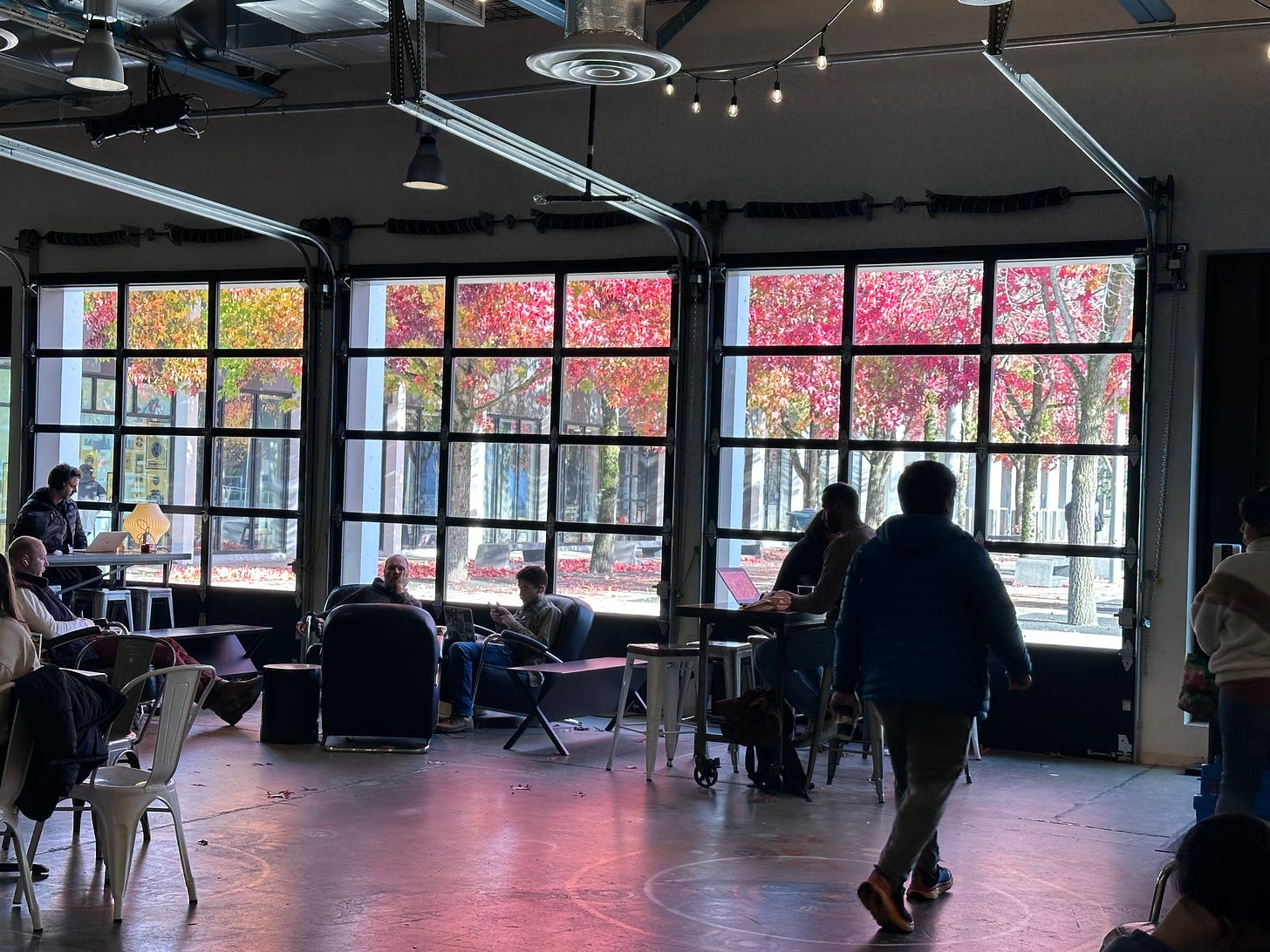Content Warning: Mention of medication-induced suicidal thoughts, and of past self-harm.
If you’d prefer to skip the short essay part necessitating the content warning, scroll to the graphic “things I liked this week” for recommendations.

Yet again, I pushed myself too hard and crashed. Only this time it was primarily a medication behind both the pushing and the crashing.
Although I’m seeing a new prescriber after my previous psychiatric nurse practitioner (PNP) retired, still, I knew that I’m one of the oversensitive-to-pharmaceuticals Autistics,1 even with poor absorption issues from late-diagnosed Celiac Disease.234
I got up to the recommended starting dose for an adult of this anti-anxiety medication from the two-times lower pediatric dosage I actually started at. Then an onslaught of side effects occurred/became glaringly noticeable, including my first-ever experience with suicidal thoughts.
Prior to the increase, I didn’t notice the heightened anxiety, nervousness, depression, confusion, dizziness, (persistent) skin rashes, and occasional headaches were a part of the medication’s side effects until I began tapering off it. Brian noticed and noted some of it, but it still didn’t register with me until late. (Another way Autism affects me.)56
Most of those symptoms come and go for me anyhow—even skin rashes due to the mast cell disorder (MCAS7). But when they’re persistent, it can be easier to isolate them as caused by something I’m ingesting every day versus getting triggered by something I’m randomly exposed to or ingesting.
Roughly once a quarter, I have an identity crisis of some kind—a common occurrence among Autistic women,89 but also for a subset of Autists, regardless of assigned gender at birth. (Often this happens when I’ve consecutively over-scheduled myself, or over-extended myself emotionally or socially. I lose sight of who I am and what matters to me versus what others need from me, creating a disconnection between my brain and much-wiser body.10)
I knew things were weighing on me more with the stress of the living-half-my-life-without-my-mother realization, and with potentially moving in a couple of months (among many other things). But as I readied for bed one night last week, I experienced within-the-norm identity crisis thoughts of, Is this just how life will be forever? Will I always take one step forward and four steps back?


